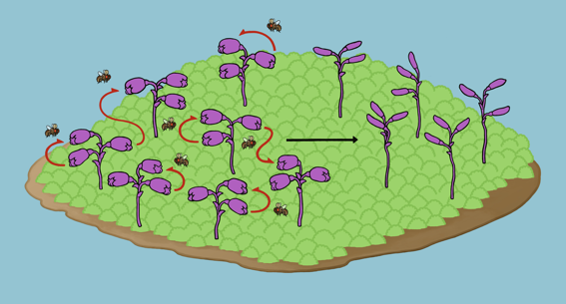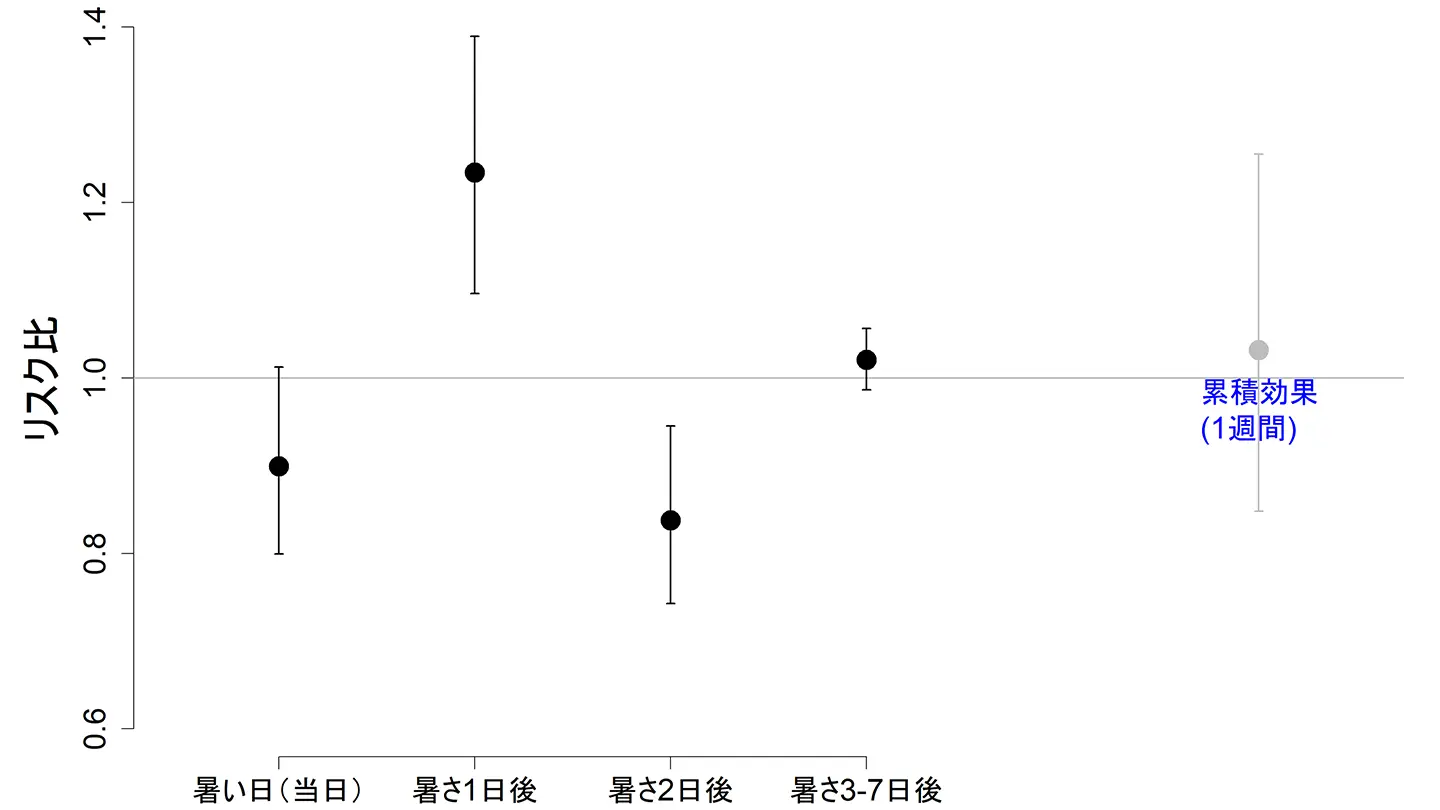2025-05-21 北海道大学,東北大学,理化学研究所

<関連情報>
- https://www.hokudai.ac.jp/news/2025/05/2000-1.html
- https://www.hokudai.ac.jp/news/pdf/250521_pr.pdf
- https://onlinelibrary.wiley.com/doi/10.1002/smll.202502573
溶質誘起液-液相分離を利用した高効率な物質内包能を有するナノ粒子カプセルの形成 Versatile Nanoparticle Capsule Formation With Enhanced Encapsulation Efficiency via Solute-Induced Liquid–Liquid Phase Separation
Takehiro Yachi, Honoka Watanabe, Rumi Niwa, Daisuke Unabara, Tasuku Hamaguchi, Yusuke Yonamine, Koji Yonekura, Kuniharu Ijiro, Hideyuki Mitomo
Small Published: 07 May 2025
DOI:https://doi.org/10.1002/smll.202502573
Abstract
Nanoparticle capsules (NCs), capsule-like structures composed of inorganic nanoparticles (NPs), hold great potential for diverse applications due to their structure-driven functionality and the unique properties of the NPs. Despite advancements in NC formation methods, achieving both stable formation and efficient material encapsulation remains challenging. In this study, a simple and versatile method is developed for the formation of inorganic NCs. Inorganic NCs are formed from oligo(ethylene glycol) (OEG)-modified inorganic NPs via self-assembly at solute-induced liquid–liquid interfaces. First, Au NCs are formed from OEG-Au NPs. Their formation is confirmed by scanning transmission electron microscopic (STEM) and cryo-electron tomographic (ET) observations. The resulting Au NCs exhibited high stability, uniform size, and precise tunability under various conditions. The method is further extended to magnetic Fe3O4 NPs, affording size-controlled magnetic NCs, demonstrating broad applicability. Moreover, this approach enables the efficient encapsulation of various materials, including citrate-capped Au NPs and DNA molecules, into inorganic NCs, affording >2000-fold enrichment. This method paves the way for innovative application of inorganic NCs in drug delivery, nanoreactors, and beyond.


